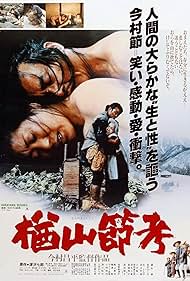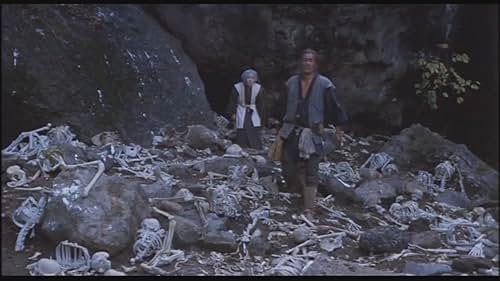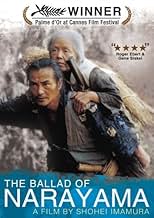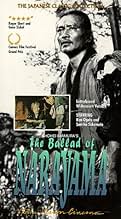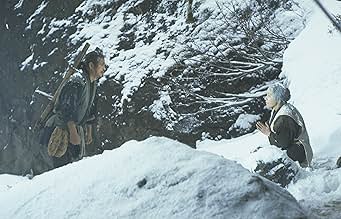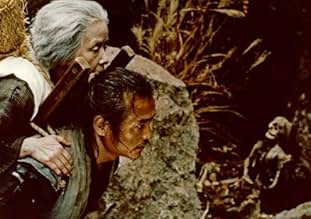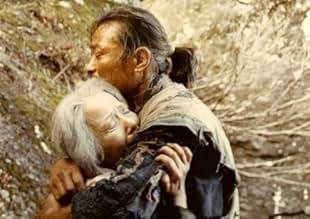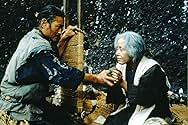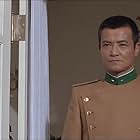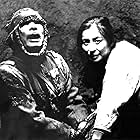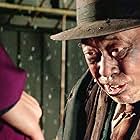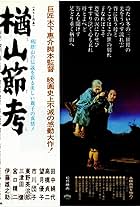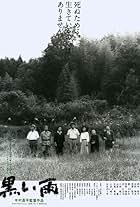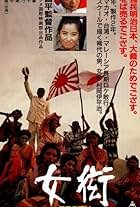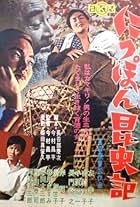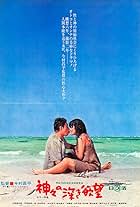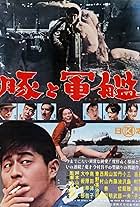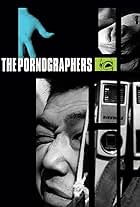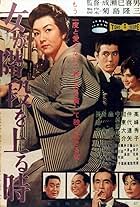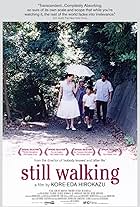... in this Japanese period drama from Shochiku and writer-director Keisuke Kinoshita. In a poor farming village, old woman Orin (Kinuyo Tanaka) is feeling the pressure, both from her ingrate grandson, and her own conscience and adherence to tradition, to commit obasute, wherein elderly people travel to the top of nearby Narayama mountain and wait to die from starvation or exposure. Orin is the strongest, most productive member of the family, but youth trumps utility, and Orin prepares to make her final journey.
Using widescreen and color film, director Kinoshita uniquely melds the cinematic with the theatrical, as the story is told in near kabuki fashion, with a singing narrator and traditional Japanese musical instrumentation. The sets are stylized and deliberately artificial, with realistic settings in the foreground, and miniature or painted backdrops behind them. There is also repeated use of monochromatic lighting, from red filters to green filters, to accentuate the mood of the scene.
The performances are equally stylized in the kabuki manner, and as such may be off-putting to Western audiences unused to the style. I thought the film was tremendous, an artistically challenging production with a very striking audio and visual presentation, and a moving, universal story touching on aging and obsolescence forming the bedrock. Recommended.
